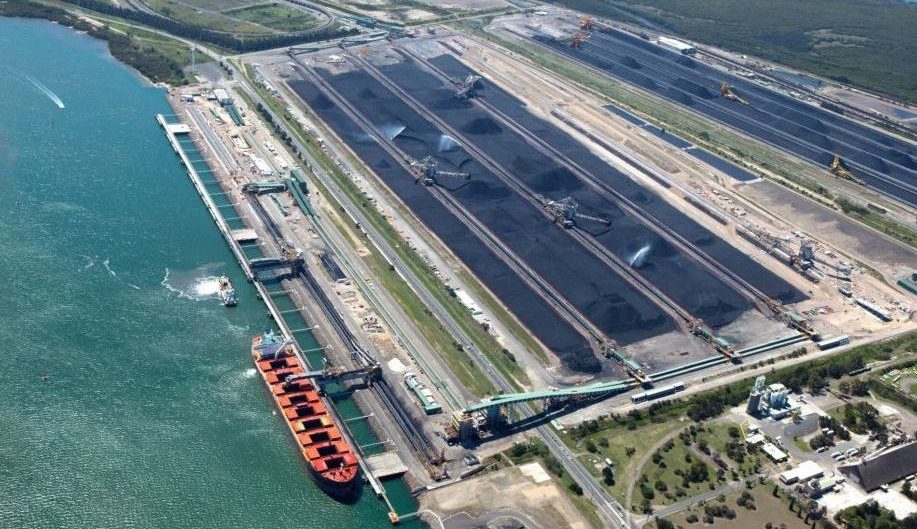Coal Trade Set for Historic Decline in 2025

Global coal trade is projected to experience its first decline in two years, with significant drops anticipated in both 2025 and 2026, according to analysis from The Signal Group. This potential two-year downturn marks a critical shift in the coal market, which could drastically alter shipping patterns and freight flows. Following a record demand of 8.79 billion tons in 2024, the International Energy Agency (IEA) predicts that coal consumption will plateau in 2025 and then decline in 2026.
Shifting Demand Patterns Worldwide
China, the largest consumer of coal, is already indicating a slowdown in demand. In the first half of 2025, coal consumption decreased by 0.5% as the growth of electricity generation slowed and renewable energy sources gained traction. Additionally, coal-fired power generation saw a decline of 3%, although coal remains crucial for maintaining system stability. Meanwhile, India’s power sector also recorded a dip in demand, with a 2.1% year-on-year decrease in the first half of 2025. Despite this, the IEA anticipates a 1.3% increase in coal demand for the full year, driven largely by the steel industry’s continued reliance on coking coal imports.
In contrast, the United States has bucked the trend, with a 12% increase in coal demand during the first half of 2025. This rise is attributed to strong electricity requirements and elevated natural gas prices. The anticipated contraction in coal trade could impact shipping logistics, particularly as Asian countries may turn to domestic production to fulfill their energy needs. As a result, there could be a reduced demand for tonne-mile shipping, which is essential for bulk carriers.
Market Dynamics and Export Trends
Indonesia, as the leading coal exporter, has faced market fluctuations after eliminating its minimum benchmark price rule in August. Shipments to China sharply declined in the second quarter of 2025 but saw a rebound in the summer due to domestic supply disruptions. Meanwhile, Australia and Russia have strengthened their positions in India’s coal import market, with Australian metallurgical coal shipments peaking at 4.4 million tons in June 2025. Russian coal exports also averaged above 2.5 million tons per month from June to August. However, Indonesia’s shipments fell to 7 million tons in July, marking one of the weakest performances since 2022.
To counterbalance Asia’s growing domestic production, analysts from Signal suggest that longer-haul coal flows from South Africa and Colombia could become increasingly significant. However, this scenario raises questions about the competitive landscape among coal exporters. For operators of dry bulk vessels, the prospect of experiencing two consecutive years of declining coal volumes may compel a reevaluation of vessel deployment strategies in response to these shifting market dynamics.
